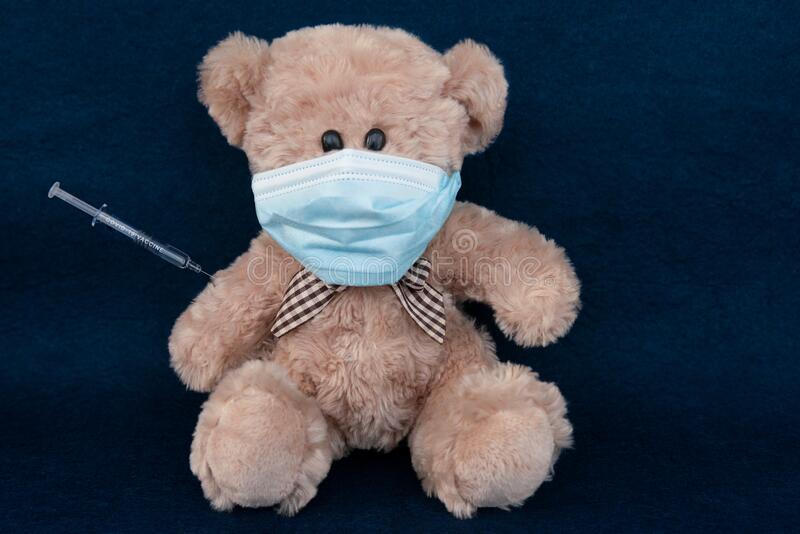What is a disease?
Disease is a deviation from the normal structural or functional state of an organism that’s typically associated with certain signs and symptoms. It can be distinguished from physical injury because diseased organisms exhibit hallmarks indicative of their abnormal condition, but not all deviations cause disease; some healthy people might have them without ever knowing it.
Types Of Diseases:
There are two types of basic diseases, primary and secondary diseases. Primary diseases are those which have no prior history and secondary disease is the one that is developed due to a pre reason.
Here are the differences between these two,
Primary Diseases:
A primary disease is an illness that arises spontaneously and does not have any previous connections to other diseases. It can lead, however in some cases towards a secondary one which has been caused by something else such as medication or even diet choices you’ve made before your original infection began developing Disorders are classified into types based on their cause: contagious (such as chickenpox), hereditary/inherited genetics patterns like sickle cell anemia, etc., neoplastic meaning derived naturally from cells including cancers but also certain infections.
Malaria is a serious, but preventable disease. The most effective way to fight it has always been the prescription of medications like Plasmodium Falciparum tablets by doctors when they diagnose you with an infection for which there are no other treatments available in your area or country – this includes cases where people live near malaria-infested areas that do not practice proper hygiene standards because they lack access to clean water and good sanitation practices.
Secondary Diseases:
The secondary diseases related to diabetes often start out as relatively minor–sightly things like skin infections that could become something much worse than what we’re used to without intervention. Even though there may not always seem like “enough” warning signs before danger arrives at our doorstep unannounced; these little symptoms quickly peed more often than usual or trouble breathing.
Diabetes is a condition in which blood sugar levels are too high. This can affect many different organs and develop over time as a direct result of it, but poor control predisposes you even further towards other problems such as an increased risk for hypertension-related heart attacks or strokes from slipping through your fingers due to vision disorders that will happen later on down the road if this isn’t treated early enough.
Primary and secondary diseases are both types of disturbances that can happen to the body. Primary diseases stay in one place (like your skin), while secondary problems travel around different parts or organs; this means they’re more difficult/costly for doctors working with them since it requires extra time spent on consultation visits, tests, etc., but usually less severe overall outcome-wise so patients don’t need as much attention once their diagnosis has been made.



